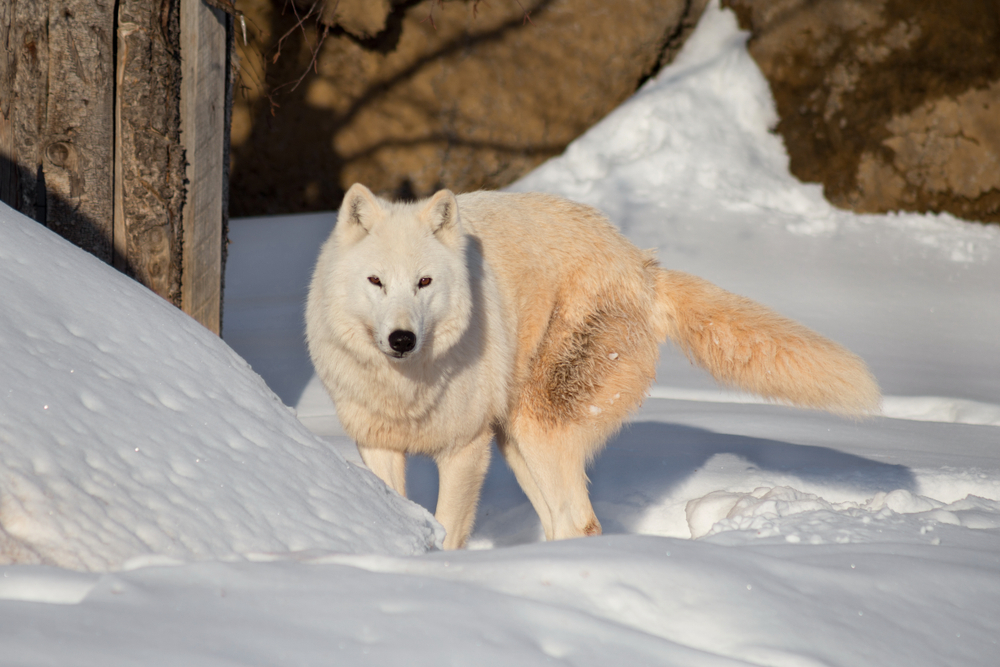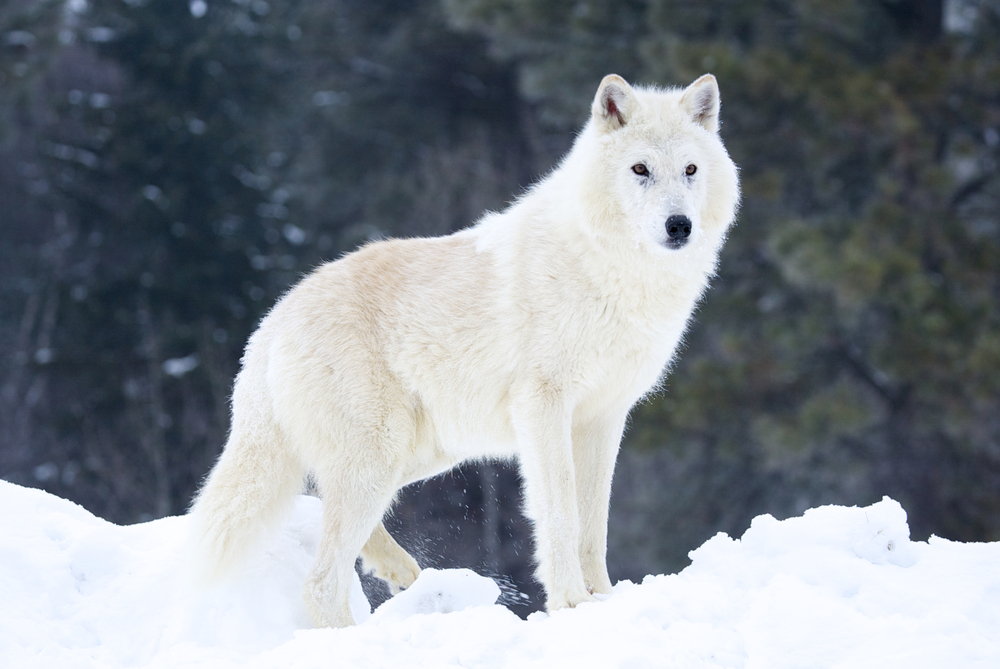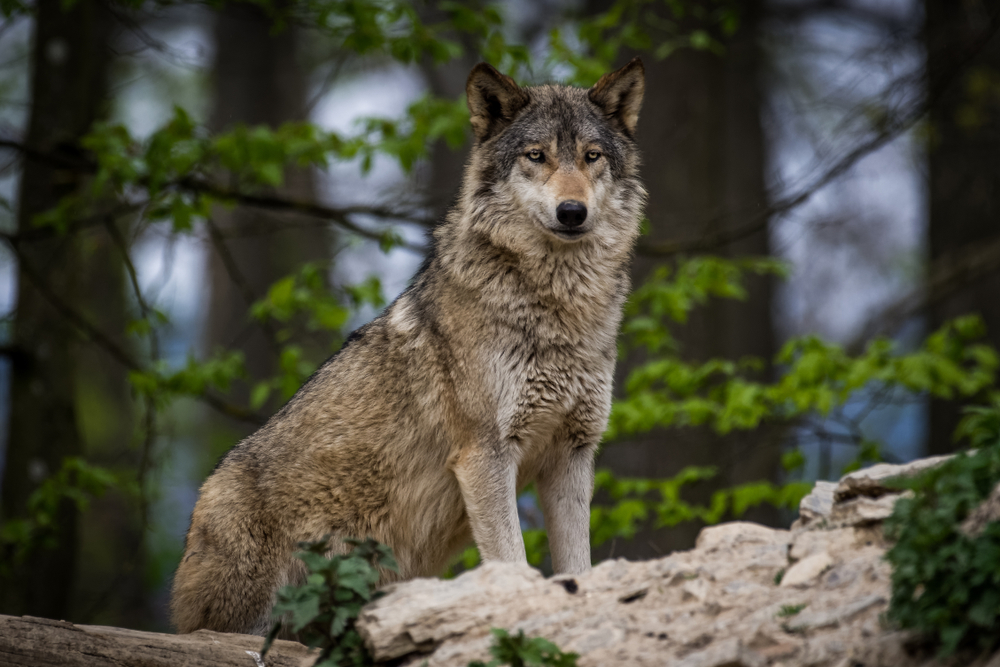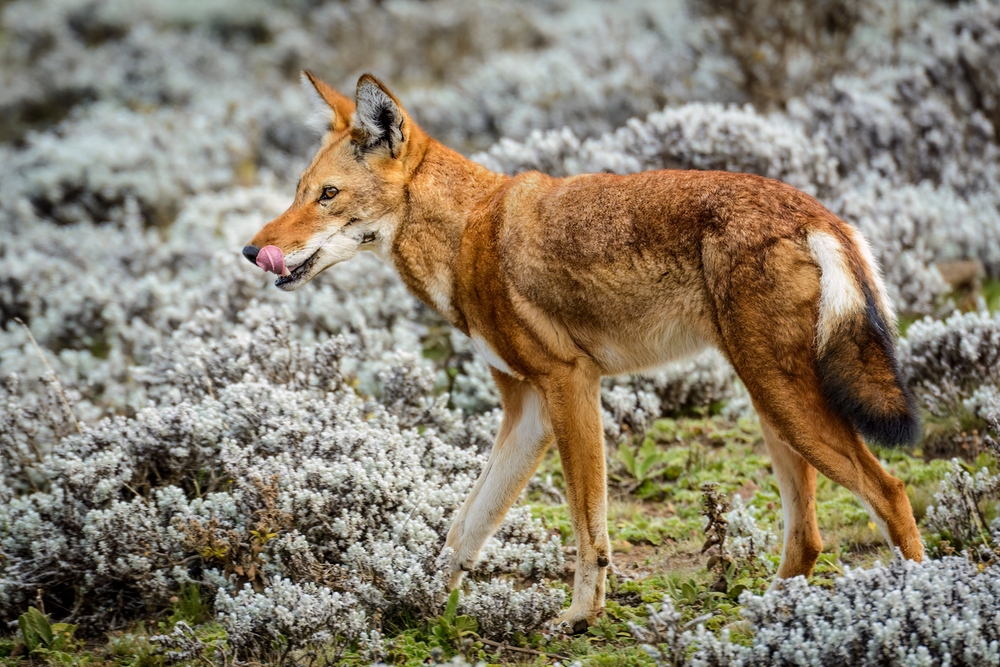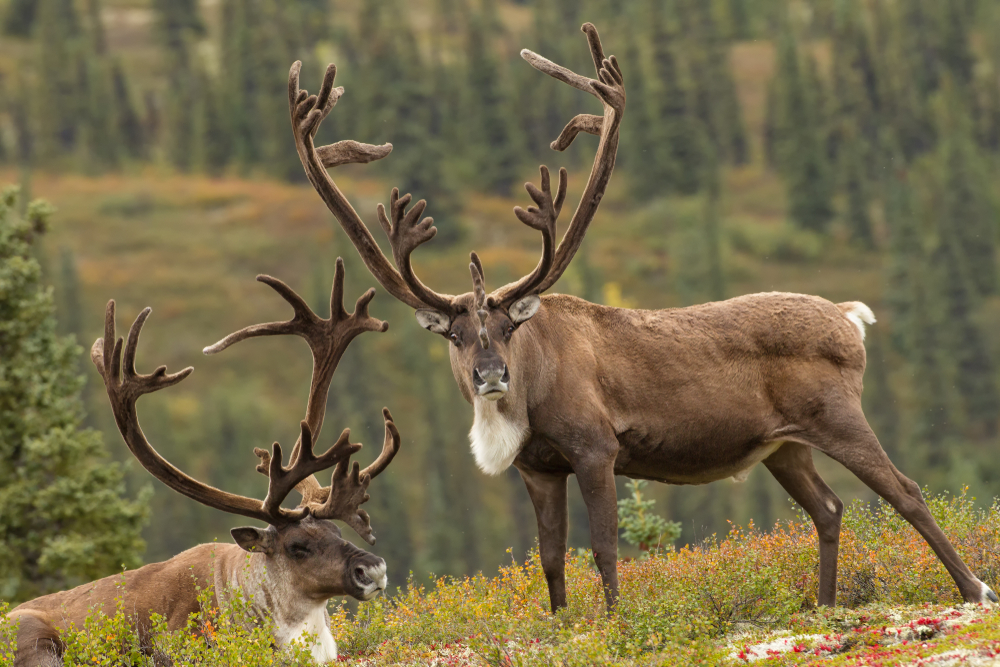These wolves inhabit remote Arctic and subarctic regions of Alaska, where human activity is minimal and prey is abundant. Wildlife sightings require patience, expert guides, and timing, but the following parks offer the best opportunities:
🏞️ Top National Parks and Reserves:
🇺🇸 Alaska:
🟢 Arctic National Wildlife Refuge (ANWR):
-
One of the largest wilderness areas in the U.S.
-
Home to migratory caribou herds, the primary prey of tundra wolves
-
Wolves can be seen trailing caribou in summer months
-
Access is remote—best reached by air taxi and guided expedition
🟢 Gates of the Arctic National Park & Preserve:
-
True tundra wilderness with no roads or trails
-
Wolves live alongside moose, caribou, and Dall sheep
-
Wilderness backpacking and river trips (like on the Kobuk or Noatak Rivers) provide rare wolf-viewing chances
🟢 Kobuk Valley National Park:
-
Sand dunes and boreal forest transitioning to tundra
-
Sightings of tundra wolves are possible near caribou migration paths
-
Best visited via floatplane with a local naturalist
🔭 Viewing Tips:
-
Look for wolves in early morning or late evening, especially during caribou calving season (late spring)
-
Watch for tracks near riverbanks, ridgelines, or gravel bars
-
Travel with local guides, bush pilots, or naturalists for increased success and safety



































































